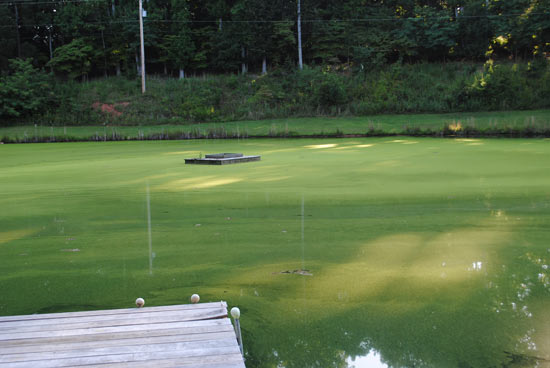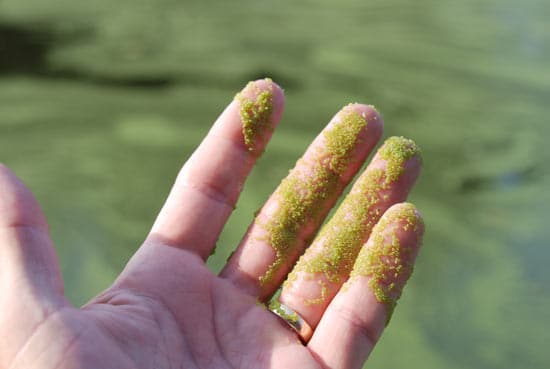
As a new weapon against many common nuisance weeds, Clipper herbicide produces fantastic control with a rapid kill when applied to watermeal. Clipper works fast and with proper application will eliminate all watermeal in the target zone normally within 7 to 14 days.
There are a few techniques that are listed below which will help maximize the effectiveness of your application;
1) Clipper needs to be applied to all areas where the watermeal is present. Clipper is a potent knock down killer which acts fast and dissipates quickly so good coverage is necessary for complete control.
2) Prepare an attack plan ahead of time making sure to include any hard to reach areas and nooks as part of your treatment zone. A small amount of watermeal that escapes treatment can quickly re-infest the entire pond in weeks so again, complete coverage is necessary.
3) As with any treatment, watermeal that escaped treatment may reappear. If this occurs, a 2nd treatment should be used as soon as the growth appears.
4) Once tank mixed, Clipper begins to degrade fairly rapidly so a fast treatment is needed. Make sure that you have everything in place and ready to go so as to not lose time after mixing.
5) Treating early in the morning is suggested preferably on a calm sunny day.
6) The ideal recommended dose is 1.1lbs per acre foot. Meaning, if your pond is 1 acre large and averages 4 feet deep, your suggested rate will be 4.4 lbs of clipper to eliminate all of the watermeal. Lower doses may be effective but at the preferred rate, you will effectively add enough Clipper to bring your concentration levels to 200ppb, suitable to knock down watermeal.
7) Keep an eye on the shoreline throughout the year for any reintroduction of watermeal. If you see small specks appearing they can usually be controlled with a fast acting knockdown killer such as diquat or spot treat with Clipper. Paying attention to the shoreline will help keep total infestation at bay for a few to many years depending on how aggressive you monitor the pond.
8) As the watermeal die down they are converted to sludge through the decomposition process. Balance the eco system by digesting the excess fuels in the water after treatment and early in the year prior to infestation. A potent bacteria will in essence treat your pond like a large compost and will help accelerate the breakdown of organics plaguing most ponds.
9) Apply a light blocking dye early in the season at least once, simultaneously with a sludge digester. This method of early treatment will maximize the eco balance and will start the pond off properly and in a pre-preparation condition.
10) Keep fertilizers away and never discard grass clippings of leaves into your water.